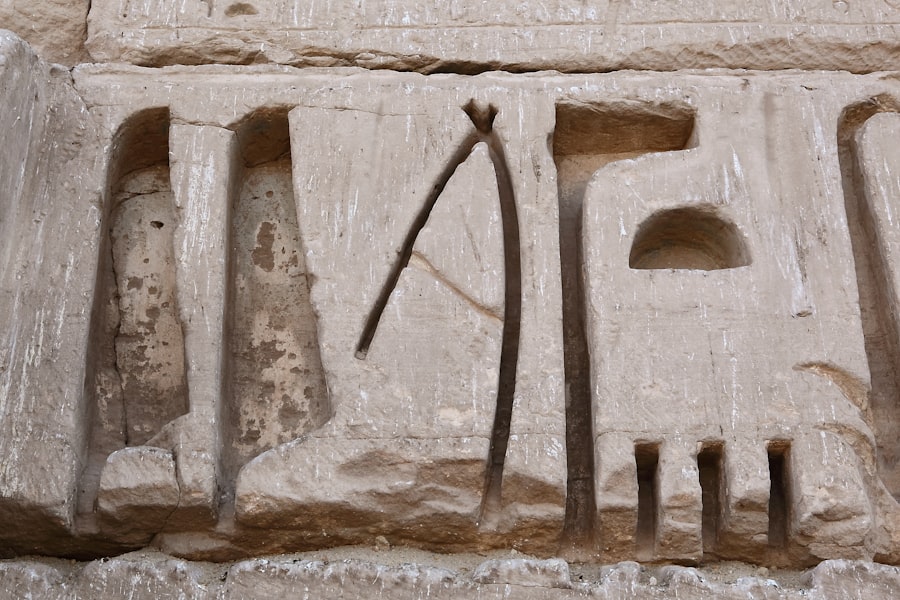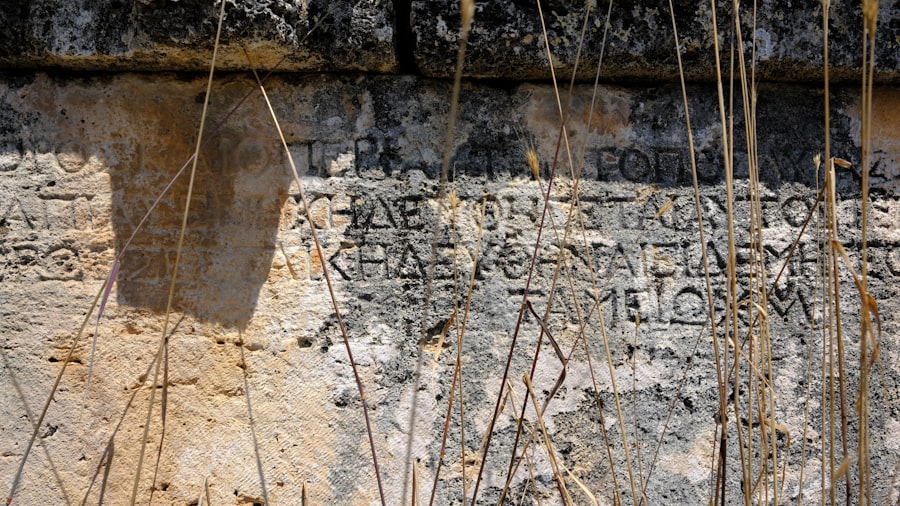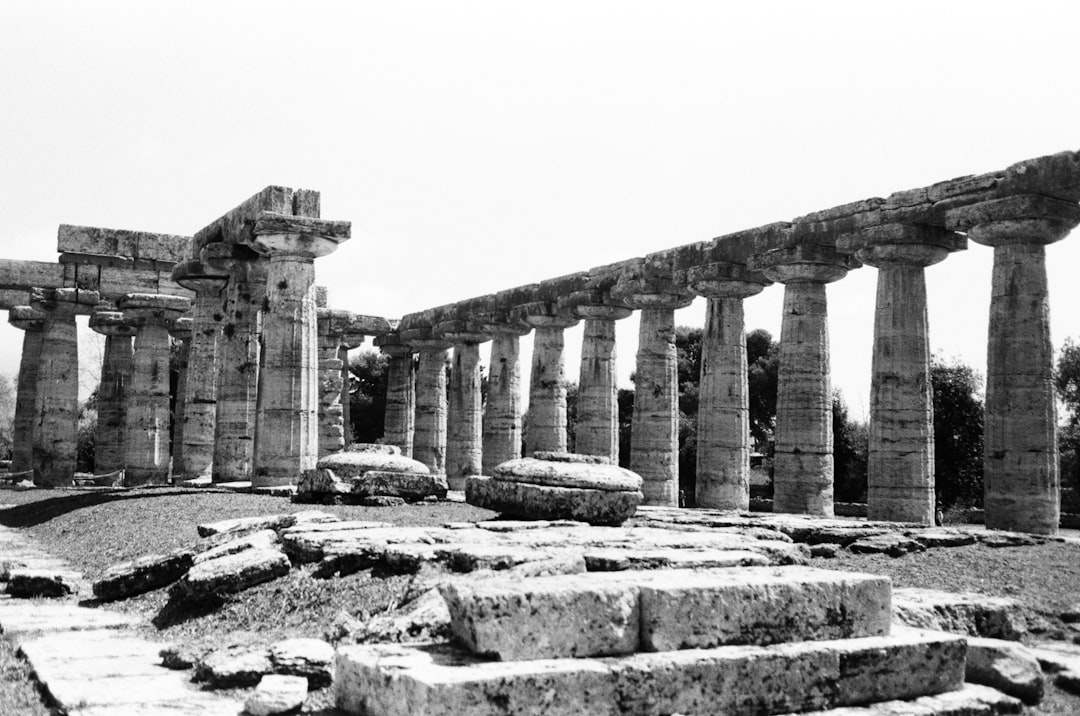The ancient Americas are a tapestry woven with the threads of diverse cultures, civilizations, and enigmas that continue to captivate historians, archaeologists, and enthusiasts alike. From the towering pyramids of the Maya to the intricate geoglyphs of the Nazca, these remnants of bygone societies tell stories that are often shrouded in mystery. The allure of these ancient mysteries lies not only in their historical significance but also in the questions they raise about human ingenuity, societal evolution, and the forces that shape civilizations.
As researchers delve deeper into these enigmas, they uncover layers of complexity that challenge conventional narratives and invite speculation about the lives of those who came before. The exploration of these ancient mysteries is not merely an academic pursuit; it is a journey into the heart of human experience. Each civilization left behind artifacts and structures that serve as windows into their beliefs, practices, and daily lives.
However, many of these cultures vanished or transformed in ways that remain poorly understood. The quest to unravel these mysteries is fueled by a desire to connect with the past and to understand the factors that led to the rise and fall of these remarkable societies. As scholars continue to investigate these ancient enigmas, they contribute to a broader understanding of humanity’s shared heritage.
Key Takeaways
- Ancient American mysteries continue to captivate and intrigue people around the world.
- The Anasazi civilization’s sudden disappearance remains a mystery to this day, leaving behind only ruins and unanswered questions.
- The Nazca Lines in Peru are a fascinating enigma, with their purpose and creation still shrouded in mystery.
- The Mayan civilization’s secrets are slowly being uncovered, revealing a complex and advanced society.
- The legend of El Dorado continues to spark debate among historians and explorers, with the truth still elusive.
The Mysterious Disappearance of the Anasazi Civilization
The Anasazi civilization, known for its remarkable cliff dwellings and intricate pottery, thrived in the arid landscapes of the American Southwest from approximately 100 AD to 1300 AD. However, by the late 13th century, this once-flourishing society mysteriously vanished from its ancestral lands. The reasons behind this disappearance have sparked intense debate among archaeologists and historians.
Some theories suggest that prolonged droughts may have led to resource scarcity, forcing the Anasazi to abandon their settlements in search of more hospitable environments. Others propose that social upheaval or conflict with neighboring tribes could have played a role in their decline. Archaeological evidence reveals a complex society with advanced agricultural practices, trade networks, and spiritual beliefs.
The Anasazi constructed impressive structures such as those found at Mesa Verde and Chaco Canyon, showcasing their architectural prowess and communal living. Yet, despite their achievements, the abrupt end of their civilization raises questions about resilience and adaptability in the face of environmental challenges. The Anasazi’s legacy endures through their descendants, the Pueblo peoples, who continue to inhabit the region and maintain cultural traditions that echo their ancestors’ way of life.
The Enigma of the Nazca Lines in Peru

The Nazca Lines, a series of enormous geoglyphs etched into the arid plains of southern Peru, present one of the most intriguing mysteries of ancient America. Spanning an area of nearly 1,000 square kilometers, these lines depict various shapes, including animals, plants, and geometric patterns. Created between 500 BC and 500 AD by the Nazca culture, the purpose of these massive designs remains a subject of speculation.
Some researchers suggest that they served as astronomical calendars or ritual pathways for religious ceremonies, while others propose that they were created for deities residing in the sky. The sheer scale and precision of the Nazca Lines have led to numerous theories about how they were constructed without modern technology. The lines were made by removing reddish iron oxide-coated pebbles to reveal the lighter soil beneath.
This technique raises questions about the organization and planning required for such an undertaking. Additionally, the visibility of these geoglyphs from the air has prompted discussions about whether they were intended for aerial observation or if their significance was rooted in terrestrial rituals. The Nazca Lines continue to inspire awe and curiosity, drawing visitors from around the world who seek to unravel their secrets.
Uncovering the Secrets of the Mayan Civilization
| Metrics | Data |
|---|---|
| Number of Mayan cities | Over 40, including Tikal, Calakmul, and Copán |
| Population of the Mayan civilization | Estimated to be around 2 million people at its peak |
| Duration of the Mayan civilization | Approximately 3,000 years, from 2000 BC to 1500 AD |
| Mayan writing system | Consists of over 800 hieroglyphs |
| Mayan calendar system | Consists of a 260-day sacred calendar and a 365-day solar calendar |
The Mayan civilization, renowned for its sophisticated writing system, monumental architecture, and advanced knowledge of astronomy, flourished in Mesoamerica for over a millennium. At its height between 250 AD and 900 AD, the Maya established city-states characterized by impressive pyramids, palaces, and observatories. However, despite their achievements, many Mayan cities experienced decline and abandonment by the end of the 10th century.
The reasons for this collapse remain a topic of intense research and debate among scholars. Several factors may have contributed to the decline of the Mayan civilization. Environmental changes, such as prolonged droughts and deforestation due to agricultural practices, could have strained resources and led to societal stress.
Additionally, internal conflicts and warfare among city-states may have exacerbated existing tensions. The intricate hieroglyphic inscriptions left behind by the Maya provide valuable insights into their history and culture but also highlight the complexities of their societal dynamics. As researchers continue to decipher these texts and explore archaeological sites like Tikal and Palenque, they uncover a rich tapestry of human experience that reflects both triumphs and challenges.
The Lost City of El Dorado: Fact or Fiction?
The legend of El Dorado has captivated explorers and adventurers for centuries, fueling expeditions into the heart of South America in search of a fabled city of gold. Originating from indigenous tales about a tribal chief who covered himself in gold dust and offered treasures to the gods, the myth evolved over time into a quest for an entire city overflowing with riches. This pursuit led many explorers into treacherous territories, often resulting in perilous encounters with hostile tribes and harsh environments.
These findings suggest that while El Dorado may not exist as described in legends, it symbolizes humanity’s enduring fascination with wealth and discovery. The myth continues to inspire stories and cultural references today, serving as a reminder of how tales can shape perceptions and drive exploration.
The Mystery of the Olmec Civilization

The Olmec civilization is often regarded as one of Mesoamerica’s earliest complex societies, flourishing between 1200 BC and 400 BC along the Gulf Coast of present-day Mexico. Known for their colossal stone heads and intricate jade carvings, the Olmecs laid foundational cultural elements that would influence later civilizations such as the Maya and Aztec. However, much about this enigmatic civilization remains shrouded in mystery.
Scholars have debated various aspects of Olmec society, including their political structure, religious beliefs, and social organization. The colossal heads—some weighing several tons—are particularly intriguing; they are thought to represent rulers or important figures but lack definitive inscriptions or context to explain their purpose fully. Additionally, the Olmec’s influence on subsequent cultures raises questions about cultural diffusion and exchange in ancient Mesoamerica.
As researchers continue to excavate sites like La Venta and San Lorenzo, they strive to piece together a clearer picture of this foundational civilization’s legacy.
The Ancient Ruins of Cahokia: A Forgotten Civilization
Cahokia was once a thriving urban center located near present-day St. Louis, Missouri, during its peak around 1100 AD. Home to tens of thousands of inhabitants, Cahokia featured impressive earthen mounds used for ceremonial purposes and as platforms for elite residences.
Despite its significance as one of North America’s largest pre-Columbian cities, Cahokia’s story is often overlooked in discussions about ancient civilizations. The reasons for Cahokia’s decline remain uncertain but may involve environmental changes, resource depletion, or social upheaval. Archaeological studies reveal a complex society with advanced agricultural practices that supported its large population.
The site’s layout suggests a highly organized community with trade networks extending across vast distances. As researchers continue to investigate Cahokia’s ruins—such as Monk’s Mound—their findings challenge perceptions about urbanization in pre-Columbian North America and highlight the region’s rich historical tapestry.
Deciphering the Mystery of the Inca Empire
The Inca Empire stands as one of history’s most remarkable civilizations, stretching along the western coast of South America from Ecuador to Chile at its zenith in the 15th century. Renowned for its engineering feats—such as Machu Picchu—and extensive road systems that facilitated communication across rugged terrain, the Inca left an indelible mark on history. However, much about their society remains enigmatic due to limited written records.
The Inca utilized a system called quipu—knotted strings—to record information related to trade, census data, and possibly even narratives. This unique method poses challenges for historians attempting to reconstruct Inca history comprehensively. Additionally, their rapid expansion through conquest raises questions about governance and cultural integration within diverse populations.
As scholars continue to explore Inca sites and analyze artifacts, they strive to unravel this civilization’s complexities while acknowledging its profound impact on subsequent Andean cultures.
The Enigmatic Stone Spheres of Costa Rica
Scattered across Costa Rica’s Diquís Delta are hundreds of perfectly round stone spheres that have puzzled archaeologists since their discovery in the 1930s. Ranging in size from small balls to massive boulders weighing several tons, these spheres are believed to have been created by pre-Columbian societies between 500 AD and 1500 AD. Their purpose remains uncertain; some theories suggest they served as markers for territorial boundaries or held ceremonial significance.
The craftsmanship involved in creating these spheres is remarkable; they exhibit precision that raises questions about the tools and techniques used by their creators. While some spheres have been found in archaeological contexts alongside artifacts such as pottery and tools, others remain isolated without clear associations. This lack of context adds to their mystique and invites speculation about their cultural significance within ancient Costa Rican societies.
The Legend of the Crystal Skulls
The legend surrounding crystal skulls has captured imaginations worldwide since reports emerged in the late 19th century about intricately carved skulls purportedly created by ancient civilizations. These skulls are often associated with mystical properties or advanced knowledge possessed by lost cultures such as the Maya or Aztec. However, many claims regarding their origins have been met with skepticism from archaeologists who argue that most skulls are modern creations rather than authentic artifacts.
Despite this skepticism, crystal skulls continue to inspire fascination within popular culture—appearing in films like “Indiana Jones”—and fueling interest in ancient wisdom and spirituality. Some proponents believe these skulls hold healing powers or can unlock hidden knowledge when properly activated. While scientific analysis has debunked many myths surrounding them, crystal skulls remain emblematic of humanity’s enduring quest for connection with ancient wisdom.
The Controversy Surrounding the Kensington Runestone
Discovered in Minnesota in 1898 by Swedish immigrant Olof Ohman, the Kensington Runestone is a slab of stone inscribed with runes that some claim provide evidence of Viking exploration in North America long before Columbus’ arrival. The stone features inscriptions suggesting it was carved by Norse explorers who traveled through present-day Minnesota around 1362 AD. However, its authenticity has been hotly debated among historians and linguists since its discovery.
Critics argue that linguistic inconsistencies within the inscriptions indicate it may be a hoax rather than an authentic artifact from Norse explorers. Supporters maintain that it represents an important piece of evidence supporting pre-Columbian trans-oceanic contact theories. As scholars continue to analyze both historical context and linguistic elements associated with runes on stones like Kensington Runestone—the debate surrounding its authenticity reflects broader discussions about cultural exchange during ancient times.
In conclusion, ancient American mysteries offer a glimpse into complex societies whose legacies continue to shape contemporary understanding of history and culture across continents today. Each enigma invites exploration not only into past achievements but also into human resilience amid challenges faced throughout time—reminding us that while answers may remain elusive at times—the pursuit itself enriches our collective narrative as we seek connections across generations past present future alike.
One of the most intriguing archaeological mysteries in the United States is the enigmatic Great Serpent Mound in Ohio. This prehistoric effigy mound, shaped like a serpent, has puzzled researchers for years regarding its purpose and the culture that built it. For those interested in delving deeper into such mysteries, an article on X File Findings explores various unsolved archaeological phenomena across the country, offering insights and theories that continue to captivate historians and enthusiasts alike.
WATCH THIS! 👺 The Grand Canyon Cover-Up: Did the Smithsonian Hide Evidence of Giants?
FAQs
What are some famous archaeological mysteries in the US?
Some famous archaeological mysteries in the US include the disappearance of the Roanoke Colony, the purpose of the Cahokia Mounds, and the origins of the Anasazi cliff dwellings.
What is the Roanoke Colony mystery?
The Roanoke Colony, also known as the “Lost Colony,” was an English settlement in present-day North Carolina that mysteriously disappeared sometime between 1587 and 1590. The fate of the colonists remains unknown, and the mystery of their disappearance has puzzled historians and archaeologists for centuries.
What are the Cahokia Mounds?
The Cahokia Mounds are a pre-Columbian Native American archaeological site located in Illinois. The purpose of these mounds, which were built between 600 and 1400 AD, remains a mystery. The site is believed to have been a major center for the Mississippian culture, but the exact nature of its religious, political, and social significance is still not fully understood.
What are the Anasazi cliff dwellings?
The Anasazi cliff dwellings are ancient stone structures built into the sides of cliffs in the southwestern United States, particularly in present-day Colorado, Utah, Arizona, and New Mexico. The purpose of these dwellings and the reasons for the sudden abandonment of the sites around 1300 AD are still subjects of archaeological debate and mystery.
